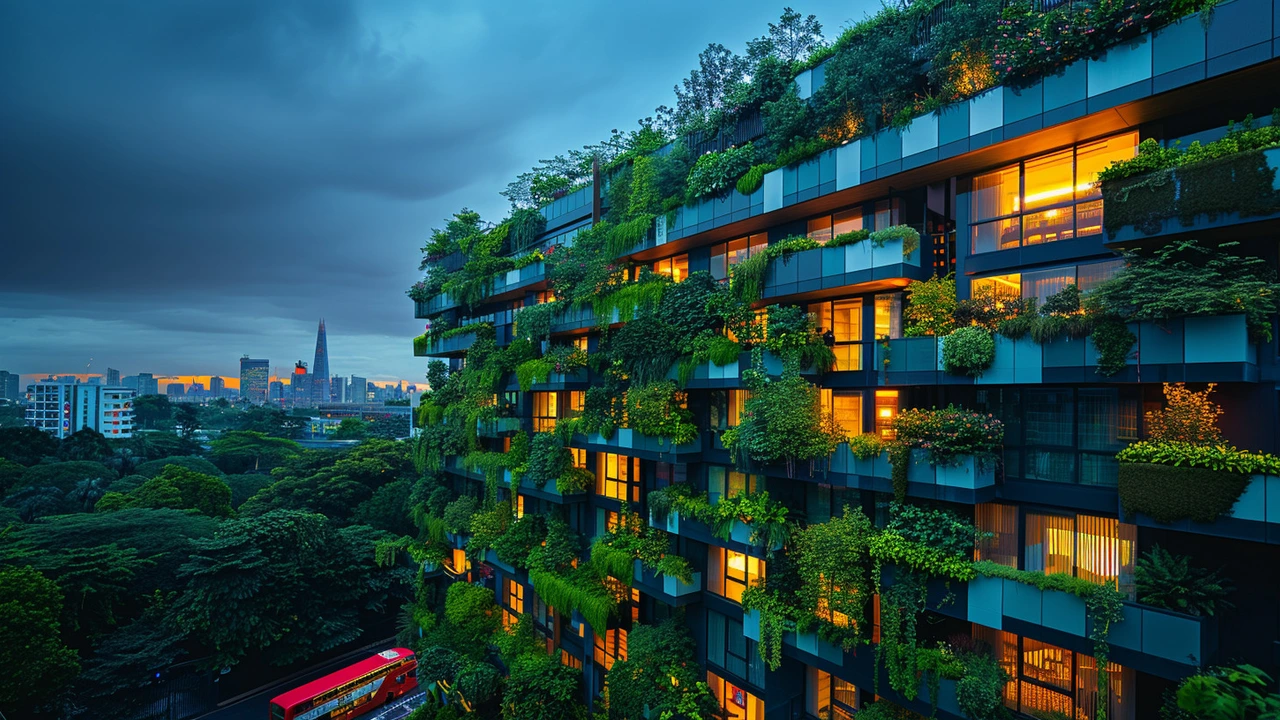This article explores how constructivist architecture plays a crucial role in the realm of sustainable design. By integrating eco-friendly principles with innovative building techniques, this style not only promotes environmental responsibility but also enhances aesthetic and functional aspects. Dive into the essential elements, benefits, and real-world examples of constructivist architecture contributing to a greener future.
Sustainable Design: Practical Steps for Greener Buildings
Buildings generate roughly 40% of global CO2 emissions—so design choices matter. If you care about comfort, bills, or the planet, sustainable design gives you tools that actually work. Here are clear, usable strategies you can apply whether you're planning a new build or fixing up an old place.
Start with passive design and site choices
Passive design uses sun, wind, and mass to cut energy needs. Orient rooms to catch winter sun and shade them in summer. Add proper insulation and seal gaps; those two moves often cut heating and cooling bills the most. Use shading, overhangs, and deciduous trees to control heat naturally. On tight budgets, prioritize windows with good orientation before upgrading appliances.
Think about the site: protect existing trees, follow local microclimates, and place living spaces away from busy roads. A smart site layout reduces noise, cooling needs, and long-term maintenance.
Materials, systems, and retrofit tips
Choose durable, low-impact materials: reclaimed wood, recycled steel, low-VOC paints, and locally sourced stone lower both carbon and maintenance. For new builds, consider timber or mass timber which lock carbon in the structure. For retrofits, add insulation to walls and roofs, replace single-pane windows, and install programmable thermostats.
Focus on systems that save money fast: LED lighting, efficient heat pumps, and smart ventilation with heat recovery. Solar panels paired with a good battery and an energy monitor give real savings and independence. If grid-tied, start with solar-ready wiring even if panels come later.
Water matters too. Low-flow fixtures, rainwater harvesting for landscaping, and drought-tolerant plants cut bills and lower strain on local supplies. Greywater systems can reuse shower water for toilets and irrigation in many zones.
If certification matters, LEED, BREEAM, and Passive House set clear targets. Certifications help you compare choices and may improve resale value or access to incentives. But you don't need a label to do the right things—simple, well-executed measures often deliver the biggest wins.
Don't forget occupant behavior. Teach residents simple habits: close blinds on hot days, use zone heating, and run heavy appliances in daylight for solar systems. Good design plus smarter use doubles the impact.
Finally, budget smart: prioritize airtightness, insulation, and efficient heating/cooling first. Add renewable systems as funds allow. Track energy use after changes so you can see what works and where to invest next.
Sustainable design isn't an expensive luxury. It's a set of choices that make buildings healthier, cheaper to run, and kinder to the planet—one decision at a time.
Quick checklist you can use today: start with an energy audit to find losses; weather-strip doors and windows; add attic insulation; switch to LED bulbs and a smart thermostat; plant trees for summer shade; install low-flow showerheads; consider a heat pump instead of gas furnace; check local rebates for solar and insulation—you'll often get rebates or tax credits that cut payback time. Join a local bulk-buy program for solar or insulation to lower costs and meet neighbors who care.
Start small, think long-term.

